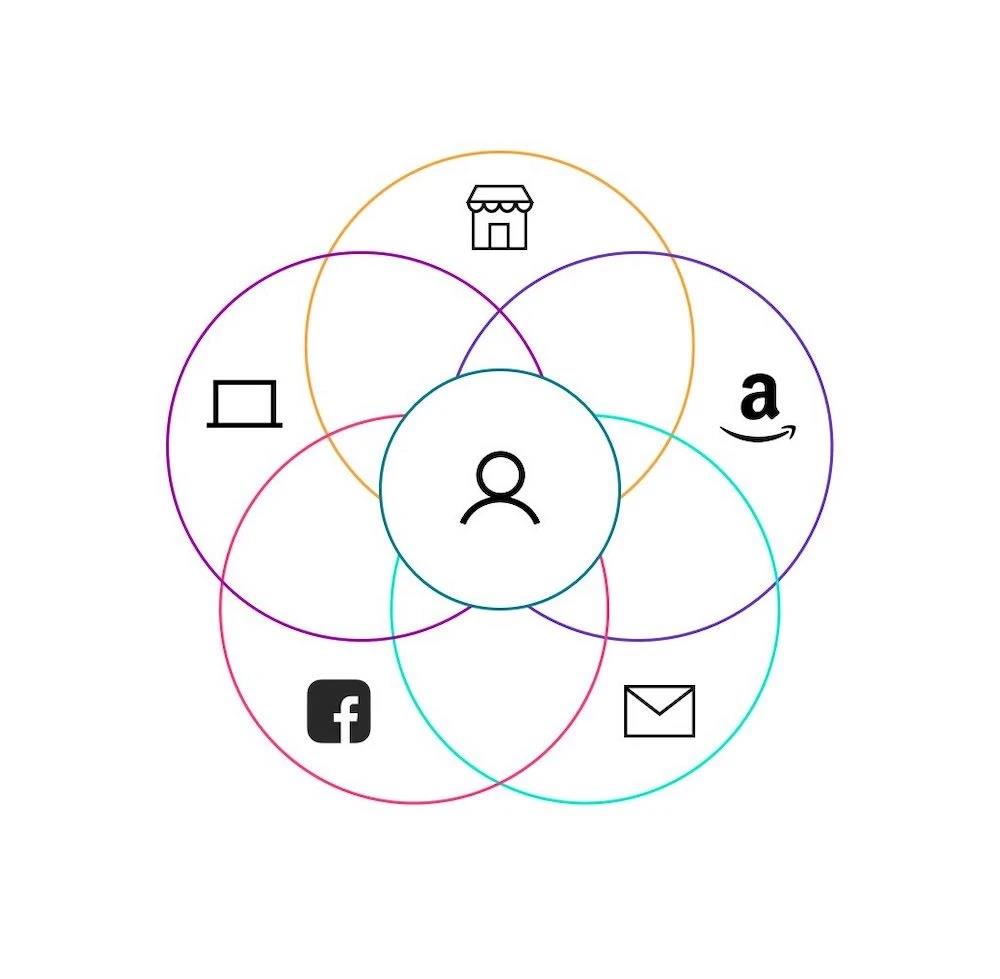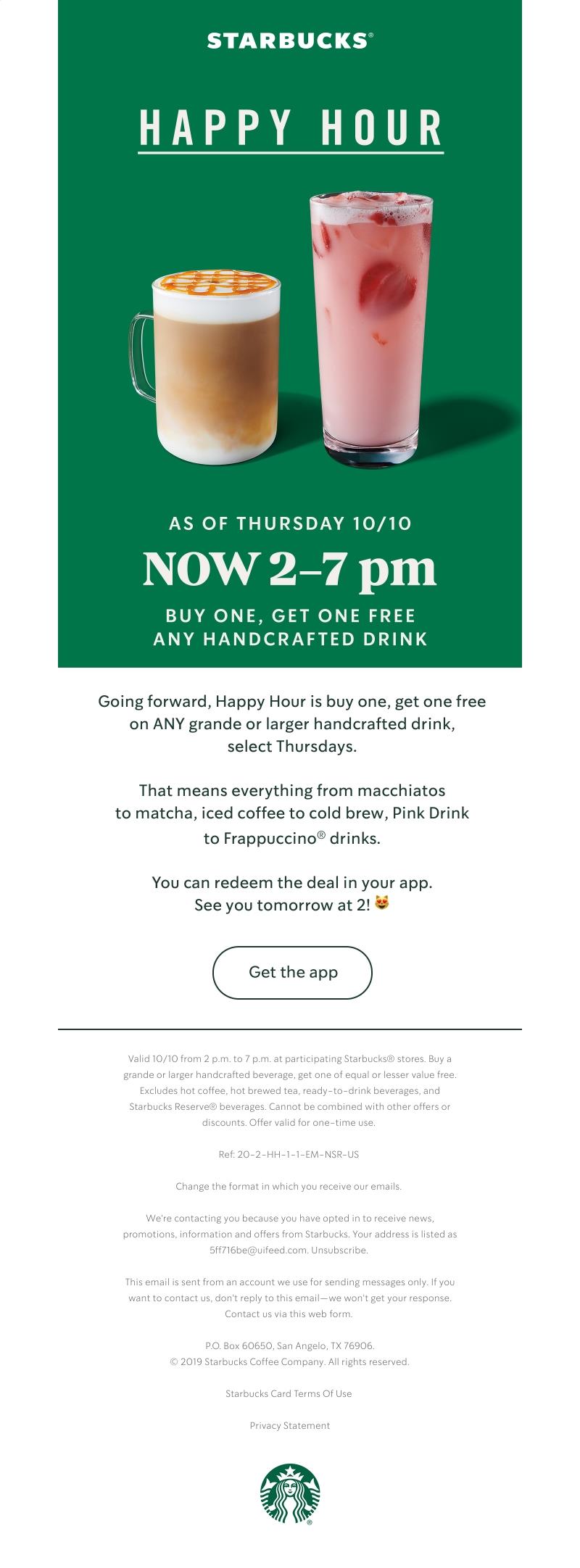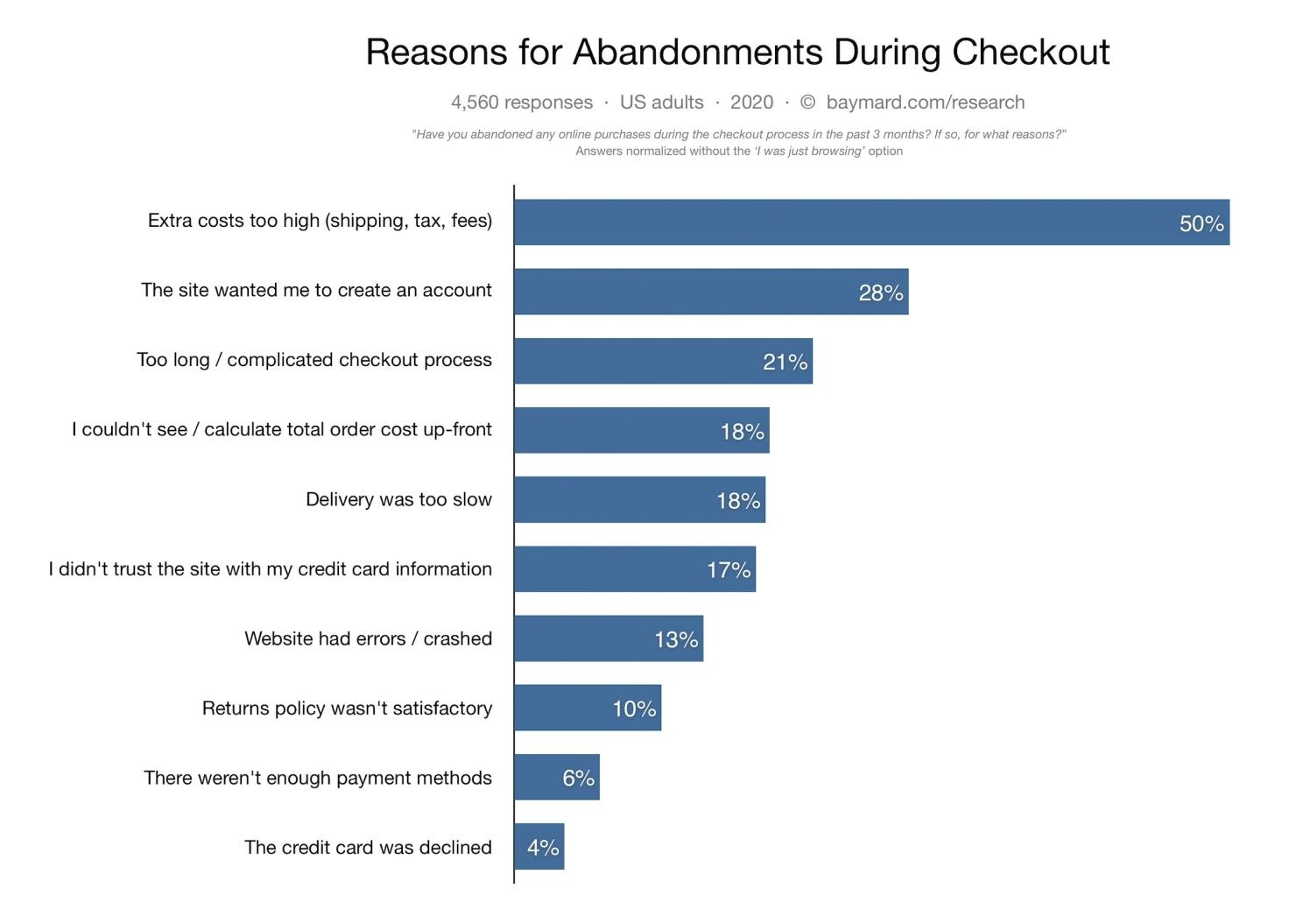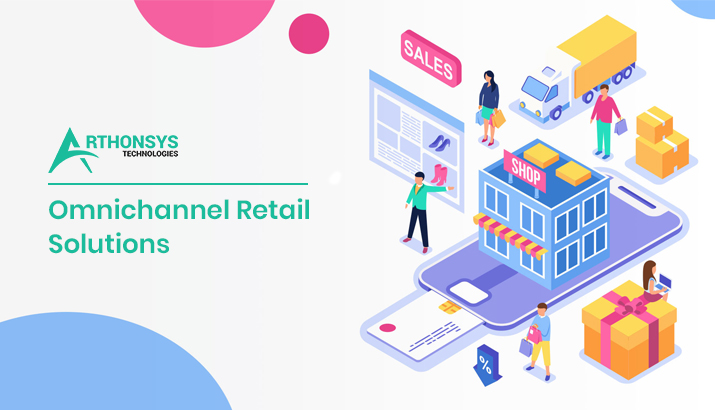One of the major shifts in customer buying habits in 2020 is in terms of customer expectations. With the digital world getting increasingly more integrated, more companies are opting for omnichannel solutions to their retail business. (Source: Shopify)
(Source: Shopify)
Omnisend, in 2019, showed that multi-channel approaches to eCommerce ensured a 287% higher purchase rate than single-channel approaches. However, multi-channel approaches involve catering to the platform and showcasing your product. Omnichannel retail solutions are focused on the customer and ensuring that they have a unified buying experience across channels.
By placing the customer at the centre of the omnichannel commerce solution, you can better influence the customer’s lifecycle. You can show awareness about their need and cater better to their demands. You also get to know them better through omnichannel marketing which allows you to anticipate their demands better. But how do you ensure the efficiency of your omnichannel commerce solution?
Consistency (in Branding) is Key
An omnichannel commerce solution is about offering a unified experience. You need to be recognisable across channels. Several aspects go into branding – colours, fonts, aesthetic, tone of content, products etc. These factors need to be at the forefront of every marketing strategy.
Big brands are excellent examples of this. Just take Starbucks. They have a specific green that they use across marketing strategies. Look at their newsletter and their website, for examples.


Starbucks is just one of several brands that have built their brand on recognisability. Their omnichannel retail solutions work because they have maintained consistency. Remember, every channel is an opportunity to make an impression. Take this rule to heart and employ your omnichannel eCommerce strategy accordingly.
Integration Between Channels
When you update your products somewhere, they need to be updated everywhere. When customers see your physical store and what it has, they want to be able to buy it online later. Especially since online spaces usually have discounts and incentives to make sales. In 2018, Ibotta found that nearly half of the customers they surveyed shop more online than in-person.
Therefore, when someone buys online, they want all the same products that they would get in a physical store. The problem, according to Kathleen Fischer of Boston Retail Partners, is that “Many retailers have pieced together disparate systems and processes to try and create a holistic shopping environment, but it really doesn’t provide what the customer is looking for.” Such an omnichannel order management results in a disjointed system that results in:
- Customers not seeing what products are available at which store branches in real-time.
- You not getting returns across channels.
- The unfortunate risk of selling items that are no longer in stock due to lack of updating.
- An inability to meet the demands for services such as click-and-collect, placing store orders, or searching the inventory online.
Integrating your channels with good, intuitive technology can bypass all these possibilities, ensuring your customers have the best experience.
Provide Information Transparently
When you choose an omnichannel commerce solution, you are placing the customer at the centre of the shopping experience. This means they need to trust you as a brand. This strategy is about building long-term loyalty. Transparency becomes key to establishing this trust and loyalty. Having hidden costs, whether in terms of shipping or delivery, is a huge turn-off for costs. To this end, the Baymard Institute discovered that 50% of the 4,560 US adults they surveyed abandoned their cart due to high extra costs.

(Source: Baymard Institute)
Therefore, customers expect transparency about the extra costs they may need to pay and about international shipping. You need to meet these expectations for the best outcome of your omnichannel solutions.
Show Product Availability for Customers
Omnichannel eCommerce is dependent on customers already knowing what you have. What they see in your store should reflect on your website and app. This comes back to the earlier point about integration where your customers need to have a unified browsing experience. Forrester conducted a study on the gaps in omnichannel marketing and found that “71% expect to view in-store inventory online, while 50% expect to buy online and pick up in-store. However, only a third of retailers have operationalised even the basics such as store pickup, cross-channel inventory visibility, and store-based fulfilment.”
Therefore, when depicting your products on your app or website, you need to keep some things in mind. These include:
- Keeping your information fresh and updates so your customers can check for availabilities in their locations.
- Have detailed product information, so it does not seem like you’re trying to hide anything. Customers want a full idea of how your product would help them, so you need to give them all the information. Do not assume your customer is dumb or not doing in-depth research. Always work as if your work is being scrutinised. If you stock similar products, include a comparison chart, as Amazon does.

(Source: Amazon)
- Use high-quality pictures. This both makes you more professional and makes your brand more trustworthy. Consider videos, too. As Wyzowl reported, 80% of customers trust product videos when shopping online.
- Showcase product reviews on your website and app. Today, 88% of customers trust online reviews as much as word-of-mouth reviews. Reviews play the most significant role in having customers make decisions. Therefore, including both positive and negative ensures increased trust and loyalty.
Use the Data You Collect
Finally, your omnichannel strategy needs to learn and better itself for the best results consistently. This means that you need to keep an eye on conversion rates, which channels are producing the most results, which customers are most likely to make a purchase etc. Using personalised discounts, targeted emails, and diversified products are how GameStop found an omnichannel strategy could cause the greatest ROI.
Similarly, you need to look at what your customer base demands and cater to these needs. This is where Arthonsys Technologies comes in. As one of India and USA’s leading web and app development companies, we help you create the omnichannel experience your customers deserve. Our integrated solutions find the delicate balance between creativity and functionality using the latest technology so that your company gets the ROI boost it needs for effective omnichannel ecommerce solutions!



